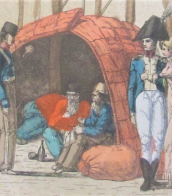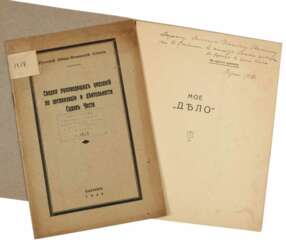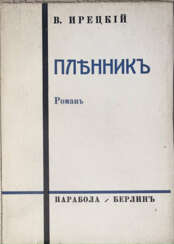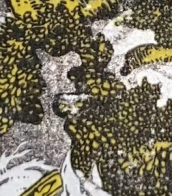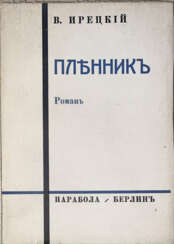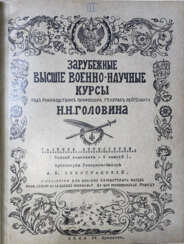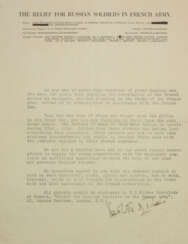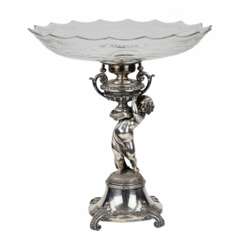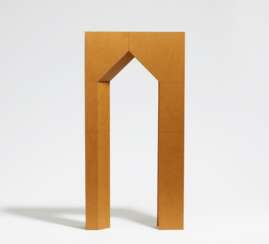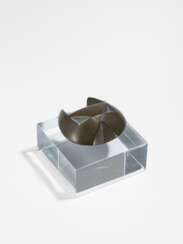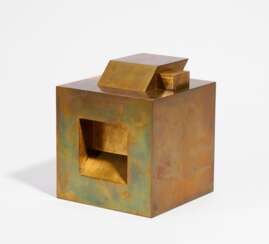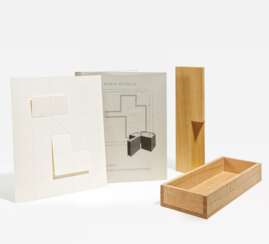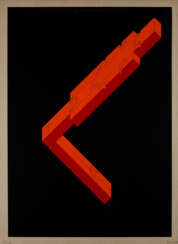герой
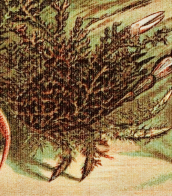
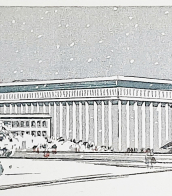
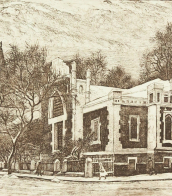

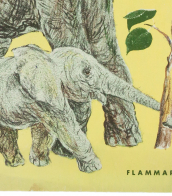


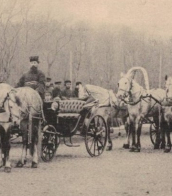


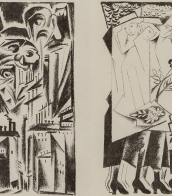
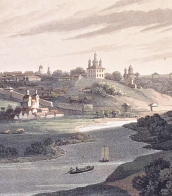
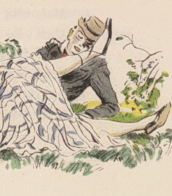
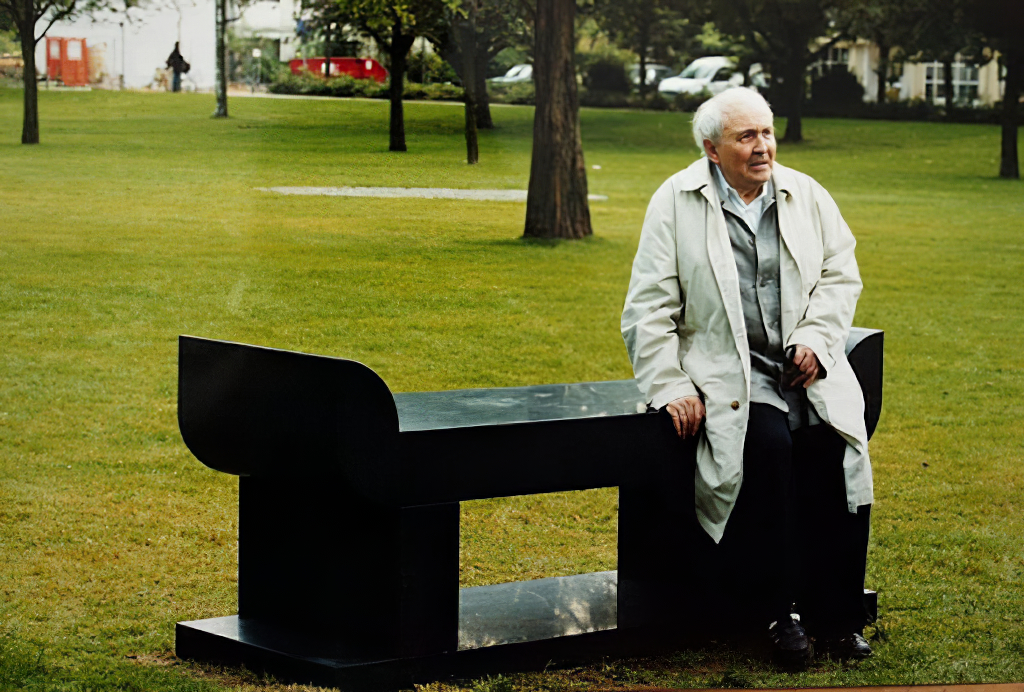
Erwin Heerich was a German artist.
Heerich emphasized that for him, "cardboard, like polystyrene, had no specifically aesthetic or historical connotations, the materials are value-neutral to the largest possible extent." Furthermore, the artist was not primarily "concerned with the manifestation of an art object, but with making an idea material in terms of a specific problem: how space can be presented and formed."


Erwin Heerich was a German artist.
Heerich emphasized that for him, "cardboard, like polystyrene, had no specifically aesthetic or historical connotations, the materials are value-neutral to the largest possible extent." Furthermore, the artist was not primarily "concerned with the manifestation of an art object, but with making an idea material in terms of a specific problem: how space can be presented and formed."


Erwin Heerich was a German artist.
Heerich emphasized that for him, "cardboard, like polystyrene, had no specifically aesthetic or historical connotations, the materials are value-neutral to the largest possible extent." Furthermore, the artist was not primarily "concerned with the manifestation of an art object, but with making an idea material in terms of a specific problem: how space can be presented and formed."


Erwin Heerich was a German artist.
Heerich emphasized that for him, "cardboard, like polystyrene, had no specifically aesthetic or historical connotations, the materials are value-neutral to the largest possible extent." Furthermore, the artist was not primarily "concerned with the manifestation of an art object, but with making an idea material in terms of a specific problem: how space can be presented and formed."


Erwin Heerich was a German artist.
Heerich emphasized that for him, "cardboard, like polystyrene, had no specifically aesthetic or historical connotations, the materials are value-neutral to the largest possible extent." Furthermore, the artist was not primarily "concerned with the manifestation of an art object, but with making an idea material in terms of a specific problem: how space can be presented and formed."
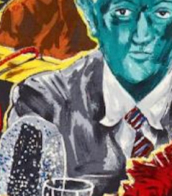

Erwin Heerich was a German artist.
Heerich emphasized that for him, "cardboard, like polystyrene, had no specifically aesthetic or historical connotations, the materials are value-neutral to the largest possible extent." Furthermore, the artist was not primarily "concerned with the manifestation of an art object, but with making an idea material in terms of a specific problem: how space can be presented and formed."
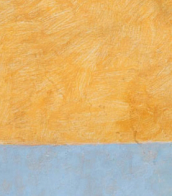


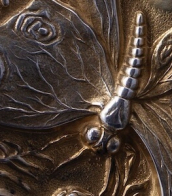
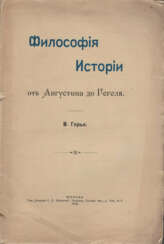

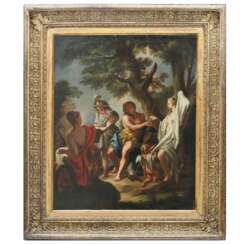


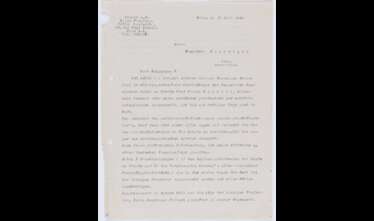

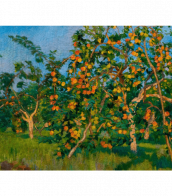


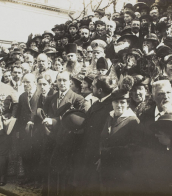


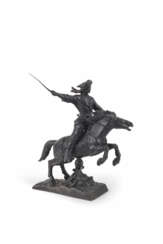

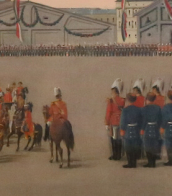
![Прокофьев, А.А. [автограф]. Избранное / Александр Прокофьев.](/assets/image/picture_1592304/252df/s7gert3g0mbxktuthnw9jlevh7asmhss227j26ipunxlifoaamkwycpgb046hp1625848684jpg__fix_374_244.jpeg)
![Прокофьев, А.А. [автограф]. Избранное / Александр Прокофьев.](https://veryimportantlot.com/assets/image/picture_1592304/252df/s7gert3g0mbxktuthnw9jlevh7asmhss227j26ipunxlifoaamkwycpgb046hp1625848684jpg__fix_374_244.jpeg)
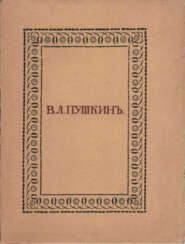

![Полевой, Б.Н. Повесть о настоящем человеке / Борис Полевой; [Ил.: Н.Н. Жуков].](/assets/image/picture_1592437/5a1c5/nlgugcf21w1wj4bjukxxcp60fynjjbx3jlkrumy45qtbd5i8d3oxyslw8v3krycz1625862529jpg__fix_374_244.jpeg)
![Полевой, Б.Н. Повесть о настоящем человеке / Борис Полевой; [Ил.: Н.Н. Жуков].](https://veryimportantlot.com/assets/image/picture_1592437/5a1c5/nlgugcf21w1wj4bjukxxcp60fynjjbx3jlkrumy45qtbd5i8d3oxyslw8v3krycz1625862529jpg__fix_374_244.jpeg)
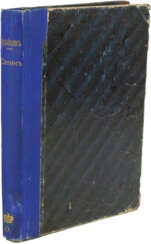

![[Альбом А.В. Софронова]. Дорогому Анатолию Владимировичу Софронову от участников «Стряпухи».](/assets/image/picture_1801161/70849/4r3hnsycdlqesqivhmr2o1ubgzid1zbne43ejrsnvfhhm6ceufr7g-bbl8e-p36e1636397345jpg__fix_374_244.jpeg)
![[Альбом А.В. Софронова]. Дорогому Анатолию Владимировичу Софронову от участников «Стряпухи».](https://veryimportantlot.com/assets/image/picture_1801161/70849/4r3hnsycdlqesqivhmr2o1ubgzid1zbne43ejrsnvfhhm6ceufr7g-bbl8e-p36e1636397345jpg__fix_374_244.jpeg)
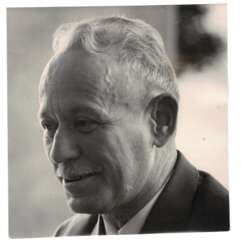



![Михайловский, Н.К. [автограф]. Критические опыты: [в 3 вып.] / [Соч.] Н.К. Михайловского.](/assets/image/picture_1905403/802fe/ezz1ed2mzukjdc8r9cdrksot05uf6hesdtv3thfvky7zvdbtyhqmea5jtgn56ps1639497057jpg__fix_374_244.jpeg)
![Михайловский, Н.К. [автограф]. Критические опыты: [в 3 вып.] / [Соч.] Н.К. Михайловского.](https://veryimportantlot.com/assets/image/picture_1905403/802fe/ezz1ed2mzukjdc8r9cdrksot05uf6hesdtv3thfvky7zvdbtyhqmea5jtgn56ps1639497057jpg__fix_374_244.jpeg)
![Никулин, Ю.В. [автограф]. Почти серьезно... / Юрий Никулин.](/assets/image/picture_1905472/50580/nhbigtjjbst07rccnv-jjak1zsilepgaqoqcg6rwpaqsyvwhd0tvzhcvib8f3cn1639497057jpg__fix_374_244.jpeg)
![Никулин, Ю.В. [автограф]. Почти серьезно... / Юрий Никулин.](https://veryimportantlot.com/assets/image/picture_1905472/50580/nhbigtjjbst07rccnv-jjak1zsilepgaqoqcg6rwpaqsyvwhd0tvzhcvib8f3cn1639497057jpg__fix_374_244.jpeg)




